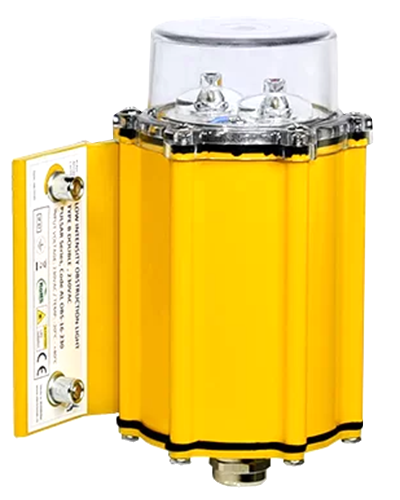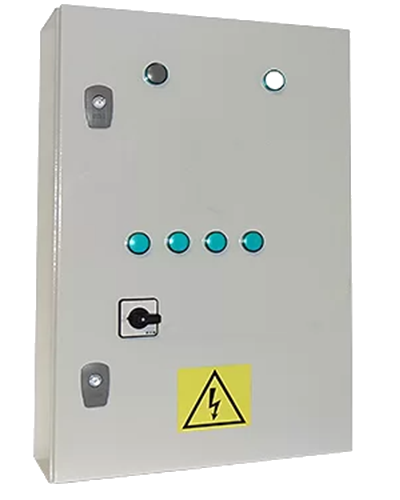Obstruction Lighting
Obstruction lighting is an important safety feature in the aviation industry. These lights, strategically placed around airports, mark tall structures, ensuring pilots can safely navigate during takeoff, landing, and in-flight operations. Whether it’s a towering building, a control tower, or antenna masts, obstruction lights enhance visibility, reducing risks for aircraft in low-light or adverse weather conditions.
All Products
What is Obstruction Lighting?
Obstruction lighting refers to specialized light systems used to mark obstacles that may pose a hazard to aircraft operations. These include structures such as towers, chimneys, and tall buildings, particularly those located near airports.
Types of Obstruction Lights:
·Low-Intensity Obstruction Lights
These lights are used for structures under 45 meters (150 feet) in height and typically have red colour. Furthermore, they operate at lower intensities, visible only at close range. Their common locations are in small antennas, in airport rooftop installations or in structures located in urban areas with minimal air traffic.
·Medium-Intensity Obstruction Lights
This type of lights provides higher visibility than low-intensity lights and are usually red or white depending on operational needs. They often flash in regular intervals. Common applications of this type may be structures between 45 meters (150 feet) and 150 meters (500 feet) like control towers, communication masts, and wind turbines located near airports.
·High-Intensity Obstruction Lights
High Intensity Obstruction Lights operate both during the day and night, with reduced intensity at night to avoid glare. These lights are extremely white bright lights visible from long distances. Their applications are for structures exceeding 150 meters (500 feet) just like tall antennas, cranes, and skyscrapers near airport zones.
Components:
Obstruction lighting systems consist of various components, all designed to ensure reliability and durability in demanding aviation environments.
- Light Fixtures: Modern obstruction lights often use LED technology due to its energy efficiency, long lifespan, and low maintenance requirements while common older systems use xenon flash lamps, which emit bright white light but are being gradually replaced by LEDs for better benefits.
- Control Systems: Control systems manage the operation of obstruction lights, including intensity adjustments and flash patterns, ensuring they comply with aviation regulations.
- Backup Power Supplies: To ensure uninterrupted operation, these lighting systems often include backup power supplies like batteries or generators.
Standards and Regulations for Obstruction Lighting
Aviation authorities around the world, including the Federal Aviation Administration (FAA) and the International Civil Aviation Organization (ICAO), set strict guidelines for Obstruction:
- Types of lights based on structure height.
- Light intensity and color requirements.
- Placement of lights to ensure 360-degree visibility.
AES Airport Solutions as your Obstruction Lighting Supplier
Obstruction lighting is vital for ensuring the safety of aviation operations by marking obstacles such as towers, buildings, and other tall structures. At AES Airport Solutions, we specialize in providing state-of-the-art LED obstruction lighting systems. Low, Medium and High intensity obstacle beacons, designed to enhance visibility and compliance with global aviation safety standards. Do not miss our solar powered range of obstacle lights, either fixed or made for portable lighting applications.
With a proven track record of success, we are the trusted partner for airports and infrastructure projects worldwide.
Other Products























